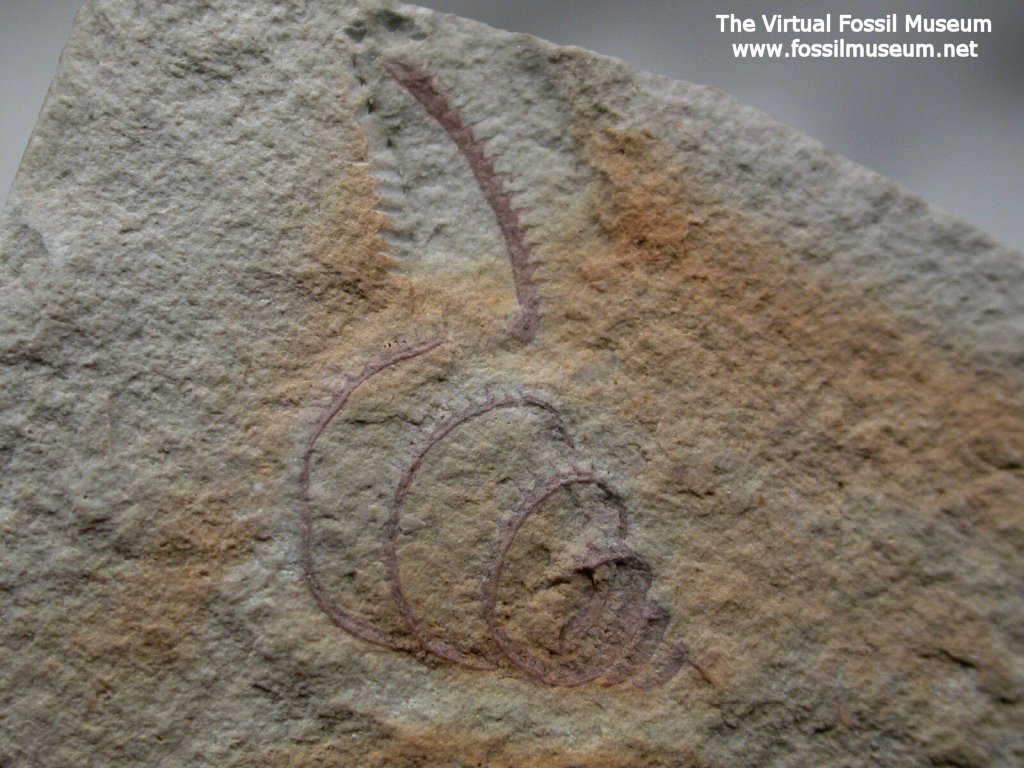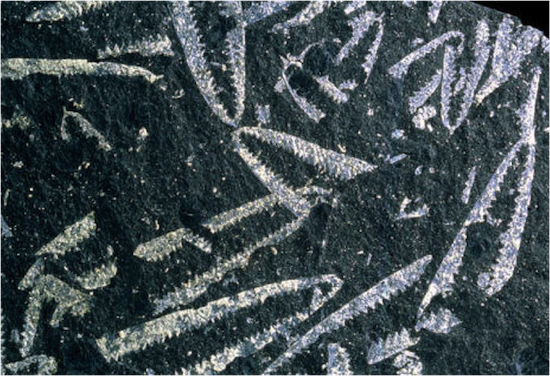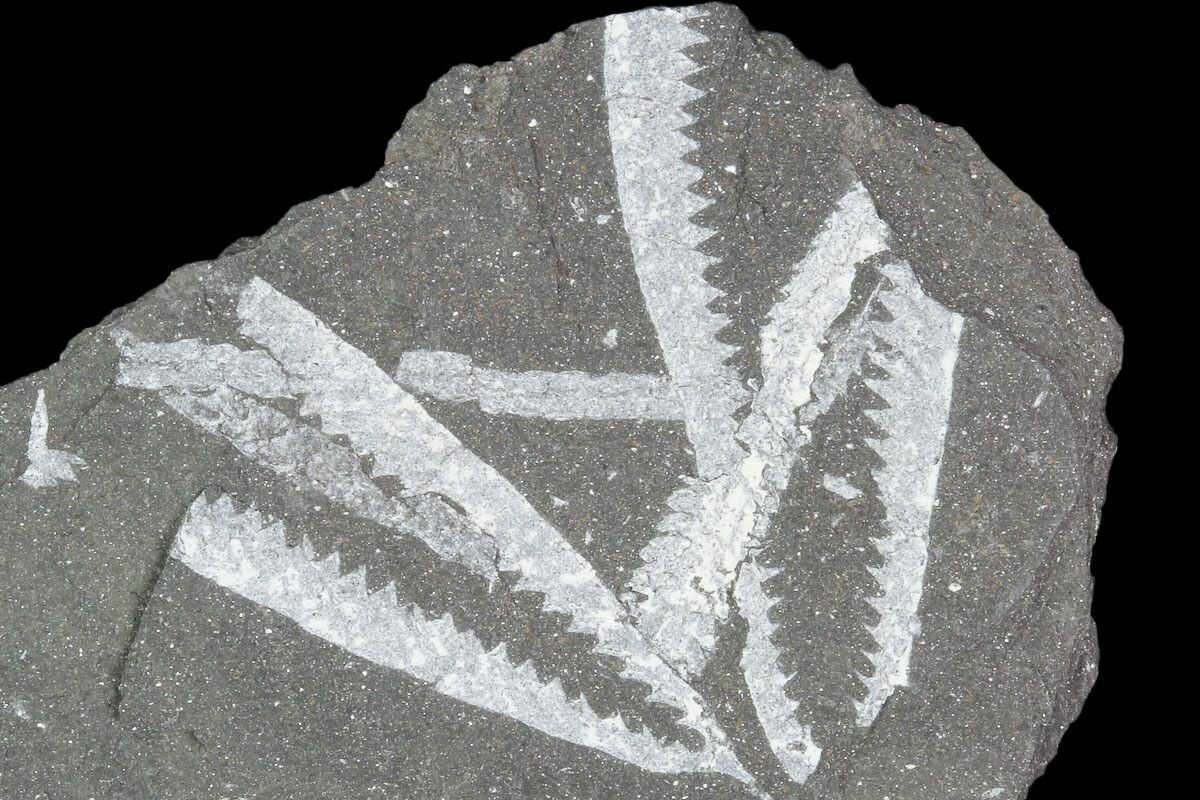

Graptolites probably did the same: the criss-crossing bandages in the outer layer of a theca, which look rather like the bandages wrapping an Egyptian mummy, were apparently ‘trowelled’ on by a secretory organ akin to that of pterobranchs. Rather, the pterobranch zooids actively construct them, much as a spider weaves its web or termites build their nest. Pterobranchs do not grow their tube-like skeleton in the same, passive way as we grow our bones or an oyster makes its shell. Modern relativesĪlthough graptolites are now extinct, living marine animals called pterobranchs appear to be closely related. The zooids may have helped the colony to move and possibly secreted gas or low-density fat to help the colony to rise through the water.

Long nemas evolved to retard sinking and hooked, spiny and net-like forms appeared, which would have had a high drag so that they moved slowly. Using the distribution of fossil graptolites, we can begin to reconstruct the oceans in which they lived.Ī floating life is a challenge graptolites responded to this by evolving a range of hydrodynamic strategies. Others evolved into slim, short colonies or into gently curved forms, which rotated through the water as they fed. Some colonies evolved into enormous harvesting arrays, capable of living to a significant age, perhaps up to 20 years. Some were deep-water specialists, whilst others were opportunists seeking out temporary supplies of food. Graptolites were common where food was abundant, especially in upwelling currents, where deep water, with its load of nutrients, is forced upwards and into shallower waters in areas such as the tropics and at the edge of the continental shelf. Different species evolved rapidly in order to exploit these food reserves and in response to the new challenge of a floating life. They were amongst the first animals to colonise the open sea and were able to exploit enormous untapped reserves of food (single-celled organisms) in the upper layers of the oceans.
#GRAPTOLITE TIMELIME FREE#

Engineering and Geotechnical Capability.Recent analyses have favored the idea that the living pterobranch Rhabdopleura represents an extant graptolite which diverged from the rest of the group in the Cambrian. A possible early graptolite, Chaunograptus, is known from the Middle Cambrian. These filter-feeding organisms are known chiefly from fossils found from the Middle Cambrian through the Lower Carboniferous. Integrated resource management in Eastern Africa Graptolites are a group of colonial animals, members of the subclass Graptolithina within the class Pterobranchia.Rock Volume Characterisation Laboratory Cluster.Fluid and Rock Processes Laboratory Cluster.Equality, diversity and inclusion at the BGS.Theyve been around since the Cambrian and at times in Earths history have been. Environmental policy and sustainability strategy Graptolites are small colonial organisms, each made up of many tiny.


 0 kommentar(er)
0 kommentar(er)
